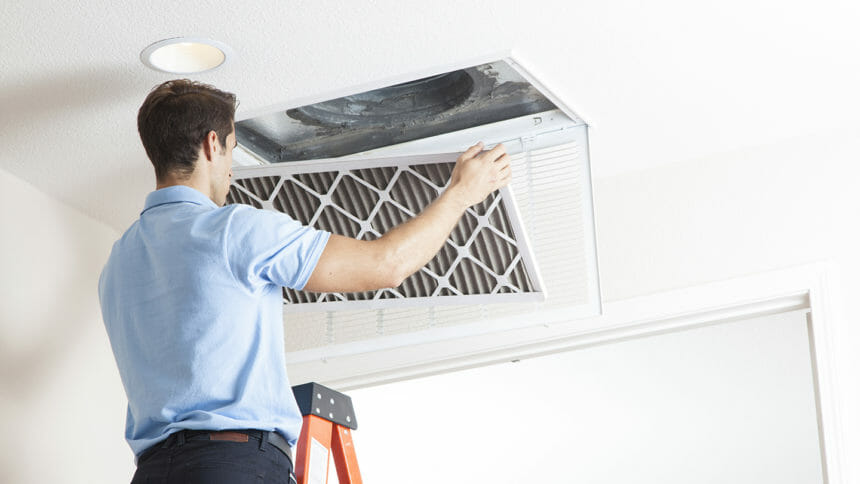
With the US Centers for Disease Control and Prevention urging better air filtration in healthcare facilities amid the “tripledemic,” many companies are rushing products to market.
In December, Trinity Health Senior Communities received a grant for more than $291,000 from the Michigan Department of Health and Human Services to implement various infection control enhancements in long-term care communities throughout the state.
The provider is using the grant to fund the purchase and installation of more than 250 UV Angel Clean Air Filtration devices, which use technology that targets and treats surfaces and the air hundreds of times each day, providing an essential layer of source-level control necessary for cleaner, safer environments, said Stacey Johnson, DNP, chief nursing officer for Trinity Health Senior Communities.
“The health and safety of our residents, colleagues and visitors is our highest priority,” Johnson said in a statement. “UV Angel Clean Air devices provide us with a cleaner environment, critical data and a track record of reducing infection rates in peer-reviewed medical settings where they have been installed.”
Providers don’t often look at HVAC systems from the perspective of airborne pathogens, said Natalie Kopp, an adviser on the White House COVID-19 Response Team. That’s why it’s important to have an outside expert perform an initial inspection and provide a checklist of steps to take to focus on the health benefits of the system.
“The most impactful thing you can do is ensure your HVAC system is running as intended,” she said, adding that doing so means scheduling a deep inspection and regular maintenance.
She encouraged operators on a budget to look for simple things, such as portable air cleaners with a good track record and evidence of effectiveness and being cost-effective.
The main factor to seek when choosing an air cleaner is a HEPA, or high efficiency particulate air, unit. She also discouraged buying units that use bipolar ionization, citing little research on their safety and effectiveness, and the fact that such units generate ozone, a known lung irritant.
From the January/February 2023 Issue of McKnight's Long-Term Care News





